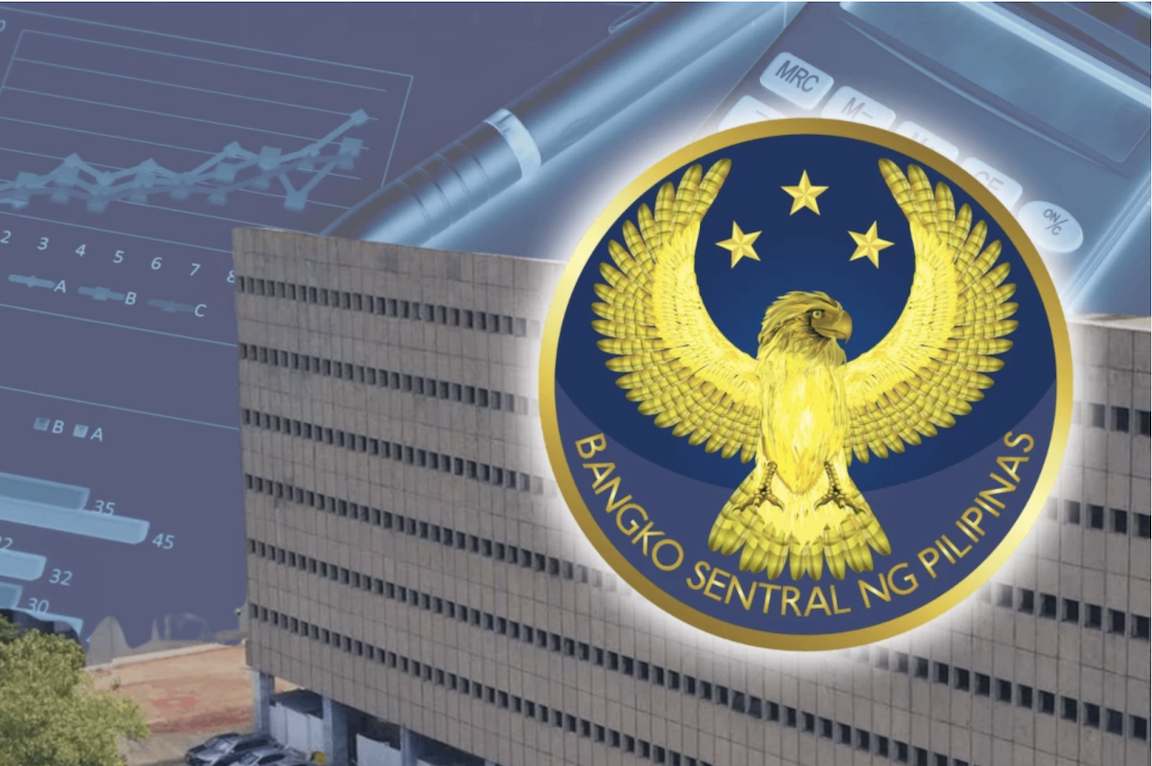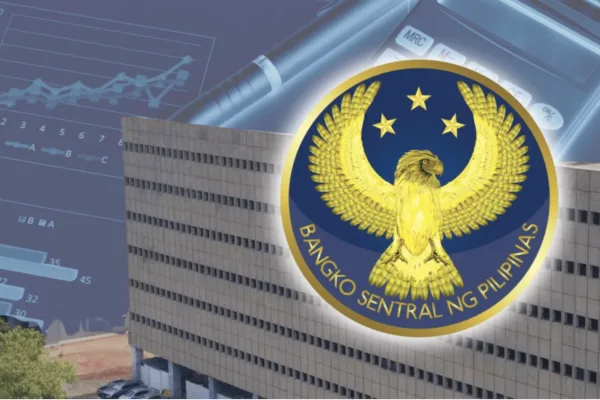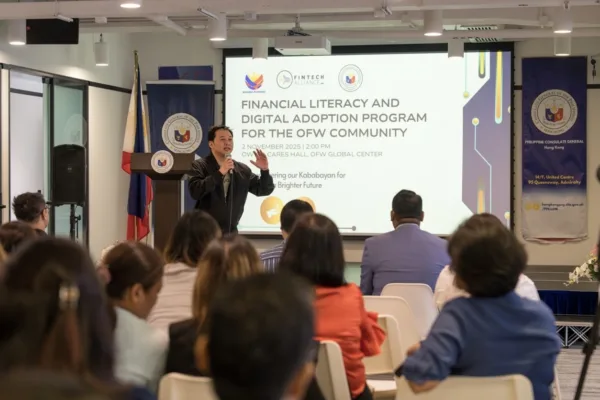In a move aimed at bolstering the nation’s economic landscape, the Bangko Sentral ng Pilipinas (BSP) has recently announced a reduction in its benchmark interest rate.
Effective June 23, 2025, the BSP’s Target Reverse Repurchase (RRP) rate has been trimmed by 25 basis points to 5.25 percent, a decision made by the Monetary Board on June 19. This adjustment ripples across the financial system, with corresponding changes setting the overnight deposit facility rate at 4.75 percent and the overnight lending facility rate at 5.75 percent.

The rate cut signals the central bank’s confidence in the prevailing inflation environment and its commitment to providing monetary support to the Philippine economy. By lowering borrowing costs for banks, the BSP aims to encourage greater lending to businesses and consumers, thereby stimulating investment, consumption, and overall economic activity.
This carefully considered recalibration reflects the Monetary Board’s assessment of current macroeconomic conditions and its forward-looking stance on price stability and sustainable growth. Crucially, these changes directly impact the BSP’s Discount Window Facility (DWF) interest rates.
The DWF serves as a crucial liquidity lifeline for banks, allowing them to borrow funds from the central bank, typically for short-term liquidity needs. When the cost of borrowing from the BSP decreases, it can translate into lower funding costs for banks, which may, in turn, influence the interest rates they offer to their own clients.
BSP’s adjusted Peso discount window hints at more affordable loans
Based on the new overnight lending rate, the peso DWF interest rates are now set as follows: loans with a maturity of 1 to 90 days will carry an interest rate of 6.3942 percent, while those maturing between 91 and 180 days will be at 6.5384 percent.
These revised rates are expected to make it marginally cheaper for financial institutions to access funds from the central bank, potentially fostering a more accommodative lending environment across the banking sector.
Peso DWF Interest Rates:

For the average Filipino, a reduction in the central bank’s policy rate often hints at a future where loan products, such as housing loans, car loans, and business credits, could become more affordable. While the direct impact on consumer lending rates isn’t instantaneous or guaranteed, lower benchmark rates set the stage for commercial banks to potentially reduce their own lending rates over time. This could translate to lower monthly amortization payments for borrowers, making big-ticket purchases or business expansions more accessible.

Meanwhile, the interest rates for the US dollar and Japanese yen DWF remain unchanged. The US dollar DWF rates stand at 6.81765 percent for all maturities (1-90, 91-180, and 181-360 days), and the Japanese yen DWF rates are 2.59250 percent for 1-90 days, 2.63435 percent for 91-180 days, and 2.71275 percent for 181-360 days.

These foreign currency DWF rates are tied to applicable international benchmark rates, reflecting global financial conditions rather than the BSP’s domestic monetary policy stance.
“This strategic rate cut by the BSP is a positive signal for the Philippine economy,” noted a prominent financial analyst. “It indicates that the central bank is comfortable with the inflation trajectory and is now leaning towards supporting growth. Lower borrowing costs for banks could ease the flow of credit, which is vital for businesses looking to expand and for households considering investments. It’s a delicate balance, but this move suggests a proactive approach to maintaining economic dynamism.”
The BSP retains the flexibility to adjust DWF interest rates further as deemed appropriate. These adjustments will continue to complement the central bank’s broader monetary policy goals and respond to movements in prevailing market interest rates. This dynamic approach ensures that the BSP can fine-tune its policy levers to effectively manage liquidity, inflation, and economic growth in a responsive manner.
Overall, the BSP’s decision marks a pivotal moment in the nation’s economic management, reinforcing the central bank’s commitment to fostering a stable yet growth-conducive financial environment for all Filipinos.








